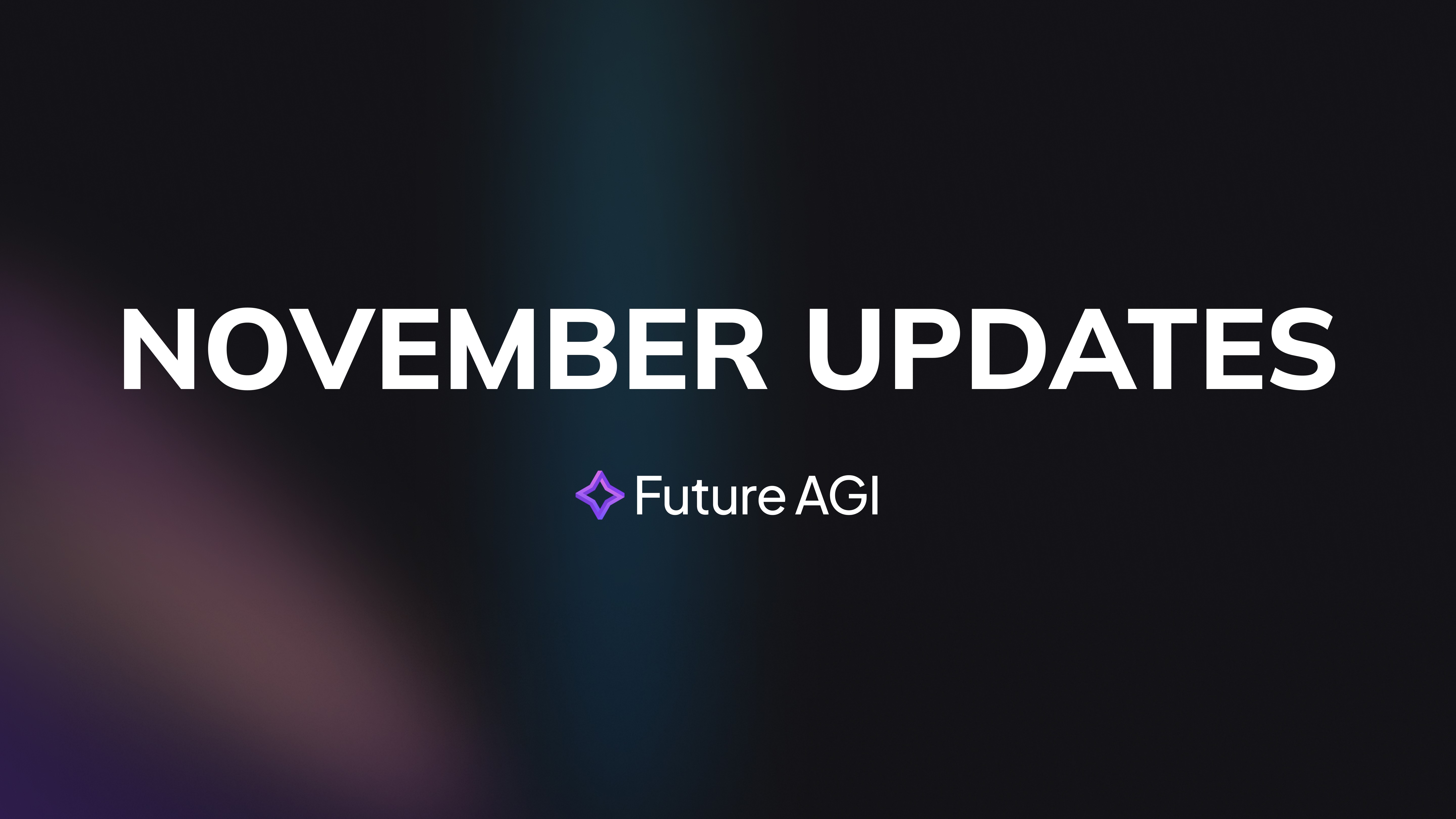Introduction
The rise of Open Source LLMs is transforming the field of artificial intelligence by enabling universal access to sophisticated natural language processing (NLP) models. Due to their increased transparency, flexibility, and affordability, open-source LLMs have significantly disrupted conventional proprietary systems. This paper will discuss the importance of Open Source LLMs, the top companies in this field - GPT-NeoX, BLOOM, and LLaMA as well as how they are impacting the development and use of artificial intelligence.
Why Do Open-Source LLMs Matter?
Open Source LLMs are essential since they offer a stage for scalable, reasonably priced, and customisable artificial intelligence development. Open-source models let complete access to model architectures, datasets, and training settings unlike proprietary models. This degree of openness allows builders to make changes at every level of the model, from the fundamental algorithms to the data handling techniques.
Key Advantages of Open Source LLMs:
Transparency: Whole access to the source code and datasets.
Customizability: Changing models for specific use conditions guarantees more degree of control.
Cost Efficiency: Being cost conscious helps you save on licencing fees connected with proprietary models like GPT-4.
Open Source LLMs enable companies like FutureAGI to create adaptable AI solutions for a wide range of applications, from research to large-scale deployment.
How Do Open Source LLMs Compare to Proprietary Models?
When comparing open-source and proprietary LLMs, there are several critical differences in flexibility, transparency, and cost:
Proprietary Models (e.g., GPT-4)
Licensing Fees: Often require steep subscription or API usage fees.
Limited Customization: Usually, one is limited in fine-tuning and adjusting the model.
Lack of Transparency: Users are not exposed to the fundamental architecture or datasets.
Open Source LLMs (e.g., GPT-NeoX, BLOOM)
Full Access: There are models, training datasets, and configurations accessible including all model weights.
Unlimited Customization: Change the model for particular projects including sentiment analysis, document summarising, and more.
Community-Driven: Often open to contributions from the worldwide research community, development speeds innovation.
Choosing an open-source AI model allows businesses to cut licensing fees and have the freedom required to customise models for their particular requirements.
What Are the Technical Benefits of Open Source LLMs?
Transparency in Development
Open-source LLMs let programmers review and modify model designs. This transparency facilitates the identification and resolution of issues including inefficiencies in training pipelines or biases in datasets likely to arise during training.
Collaboration and Community Contributions
Open-source models enable globally active artificial intelligence researchers and developers to be more cooperative. Projects driven by communities on sites like GitHub let new features be introduced and bug identification speed accelerated. For example, thanks to donations to BLOOM, which supports over 46 languages and several programming languages, BLOOM is among the most inclusive LLMs.
Cost Savings
Open-source models replace costly API fees with none at all. Local hosting of models by developers helps them to lessen reliance on proprietary systems. Moreover, developers can use pre-trained checkpoints to save the enormous computational expenses connected with training models from scratch.

How Open Source LLMs Contribute to AI Research
Catalyst for Innovation
Open-source models let researchers explore fresh ideas. They can evaluate several strategies and approaches of teaching. Testing several activation functions and tokenisation approaches in GPT-NeoX can help performance on some NLP tasks. This covers classification of documents and answers to questions.
Transparency and Ethics
With access to training sets, open-source LLMs let researchers evaluate and correct AI model biases. Transparency is essential to ensuring that artificial intelligence systems abide by ethical standards and laws, such the EU's AI Act.
Collaborative Development
Advancement of open-source LLMs depends much on community contributions. BLOOM enjoys great community support. Its multilingual capacity has enhanced this, hence it is among the most inclusive models available.
What Are the Top Open Source LLMs to Explore in 2025?
Several Open Source LLMs will be driving artificial intelligence innovation by 2025. Here are the best models worth investigating:
6.1 GPT-NeoX
Constructed on the Megatron-LM framework, GPT-NeoX is a scalable, high-performance model. Large-scale implementations would find it perfect since it is optimised for multi-node distributed training.
Key Features:
Scalability: Supports distributed training, so facilitating quicker model updates and experimentation.
Customizability: Core layers can be changed by developers including task-specific components.
Use Cases: Generation of content, conversational artificial intelligence, sentiment analysis.
6.2 BLOOM
BLOOM is unique in that it values diversity and inclusion and can manage multilingual tasks.
Key Features:
Multilingual Support: Trained on 46 languages, including low-resource languages.
Diverse Dataset: Trained on diverse datasets, enhancing its contextual understanding.
Use Cases: Real-time translation services, cross-lingual applications, and language preservation.
6.3 LLaMA
LLaMA is a lightweight model created by Meta. It’s meant for smaller tasks and works well on everyday hardware.
Key Features:
Lightweight: Suitable for on-device deployment, even on low-end hardware.
Training Efficiency: Requires fewer resources for fine-tuning, making it cost-effective.
Use Cases: Educational tools, prototyping, and edge AI applications.
6.4 Falcon
Falcon focuses on performance and efficiency. It aims for quick inference and precise predictions.
Key Features:
Efficiency: Memory optimization techniques ensure efficient resource usage during inference.
High Throughput: Supports batch processing for large-scale data pipelines.
Use Cases: Advanced NLP tasks, summarization, and search optimization.
6.5 Mistral
Mistral targets real-time applications. It offers high inference throughput and low latency.
Key Features:
Optimized Architecture: Reduces latency and improves real-time performance.
Scalable: Handles large datasets and complex tasks efficiently.
Use Cases: Real-time chatbots, knowledge management, and interactive AI systems.
How to Choose the Right Open-Source LLM for Your Project?
When selecting the best Open Source LLM for your project, consider the following factors:
Step 1: Define Your Goals
Decide if your project needs real-time chat AI, big document summaries, or task automation. GPT-NeoX works best for heavy computing tasks. LLaMA is great for lightweight, on-device solutions.
Step 2: Evaluate Your Resources
Consider the computational power needed for training and inference. Models like BLOOM require high-end GPUs, while smaller configurations may run on mid-range hardware.
Step 3: Assess Community and Documentation
Active communities and robust documentation can significantly reduce the learning curve. Models like GPT-NeoX have strong documentation and active forums, providing quicker resolutions for technical challenges.
Step 4: Licensing Compliance
Make sure the open-source model you pick follows the right licenses, like the RAIL license for BLOOM. This helps you avoid legal problems.
Conclusion
In the artificial intelligence sector Open Source LLMs are inspiring creativity and change. They offer transparency, flexibility, and cost-effectiveness. This has opened the door to a new era of customizable and scalable AI models. Models like GPT-NeoX, BLOOM, and LLaMA are making advanced AI technology accessible. In AI research and development, they also promote worldwide collaboration. Around open-source LLMs, the community is expanding quickly. These models can help to shape artificial intelligence. They present inclusive and moral answers.
Choosing the correct Open Source LLM for your project will enable you to keep expenses low and retain complete control over your artificial intelligence development while unlocking strong natural language processing capability.
Future AGI gives you the tools to build, fine-tune, and safely deploy open-source LLMs—GPT-NeoX, BLOOM, LLaMA, and more. Start creating here!
FAQs








